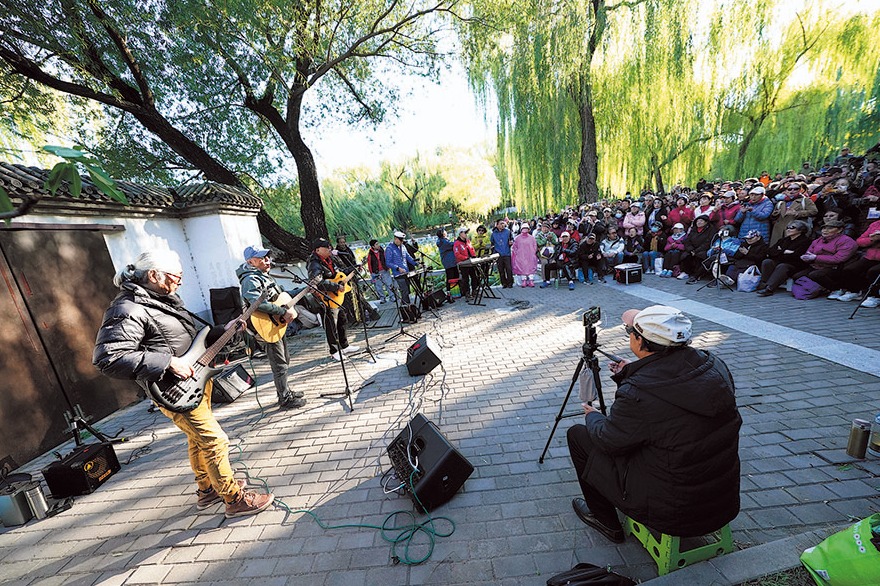Eyes in the sky


Piloting drones may be taking off as a new way to have fun, but if you think it's as easy as flying a kite, then think again-predator birds and electric power lines are just two of the obstacles that will be in your way
From taking your ultimate selfies from the sky to streaming dizzying videos of scenery or experiencing the high-speed thrills of F1-style racing, drones have brought a new dimension to outdoor leisure. But beware-there's a lot more to piloting a drone than unpacking the box and sending it flying over the nearest mountain for a peek at the other side.
The earliest drones-or unmanned aerial vehicles (UAVs), to give them their correct name-were developed for military use. But in recent years, rapid advances in technology, combined with lower prices, have brought the drone experience within easy reach of both recreational and commercial users.
An entry-level drone can cost as little as around $380. For that, you get a palm-sized device weighing 300 grams that's capable of flying at 30 mph and sending back streaming video from its built-in camera from more than a mile away.
The urge to send your drone skyward once you get it unpacked might be overwhelming-but if you do, it might be the last time you see it, says Ashley Cox, general manager of UAVAir, one of Australia's biggest drone training schools, which is about to open its first international branch in Hong Kong.
"When you open the box, the drone doesn't know where it is, so there are software updates and calibrations to do," he says in an interview from the company's headquarters in New South Wales. "It takes a bit of time, but if you don't do it, then the drone might fly back toward its last known address, which could be where it was manufactured in China."
Safety is paramount when operating drones and the Hong Kong government-like other authorities-has clear guidelines on where you can and cannot fly, although most of the rules are pure common sense.
No-go zones include near Hong Kong International Airport and its takeoff and landing paths, helicopter landing pads, Victoria Harbor and designated coastlines, and near large crowds and built-up areas-so forget using your drone to get a bird's eye view of the Formula E Grand Prix or the Rugby Sevens. If you do, you might face charges of "recklessly or negligently causing or permitting an aircraft to endanger other persons or property", to quote the Civil Aviation Department regulations.
You also have to use your drone in daylight, keep it within line of sight and fly it no higher than 300 feet. Drones for personal use can weigh no more than seven kilograms, and if you want to turn professional and operate for profit, then you have to register with the Civil Aviation Department.
And when you finally get your drone airborne-using a handset that is similar to a computer game controller-just remember it might not be as simple as it seems.
"The problem with drones is that they are easy to put in the air and fly, so people get overconfident," says Cox. "And the next thing they know, they've crashed into a tree or a power line."
Another hazard is birds, which see drones as a threat. Large birds can attack them and knock them out of the sky-or be injured in the process.




































